How You Buy Cinnamon Is Now a Political Statement
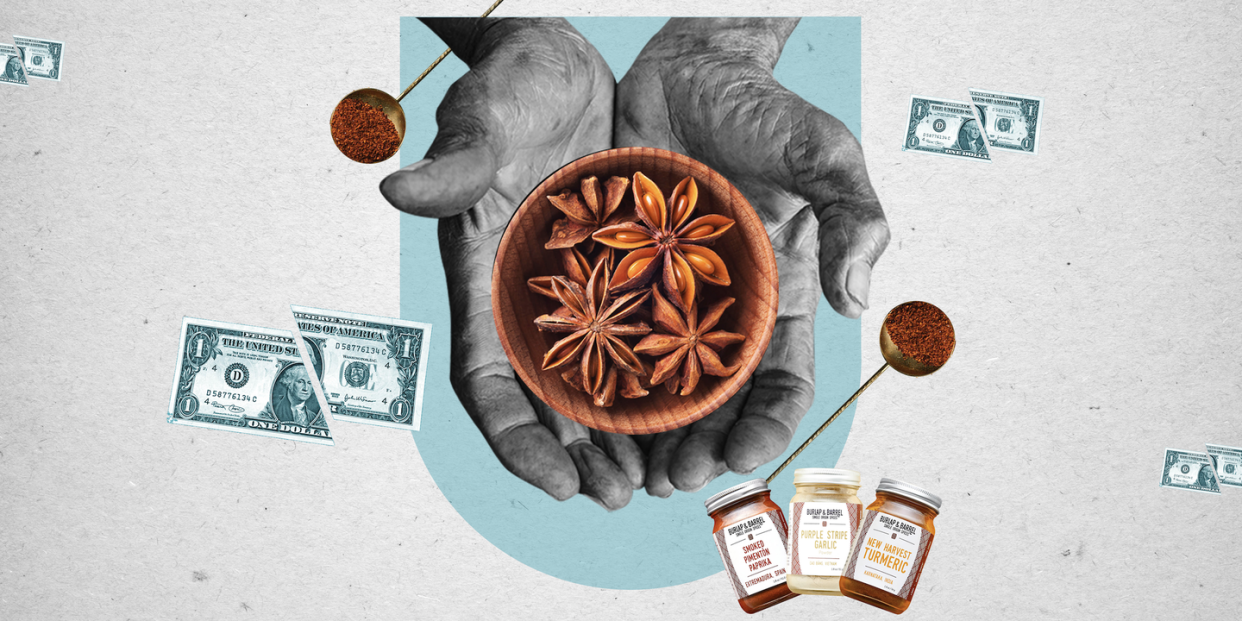
By far the buzziest food trend of the past two decades is acing the farm-to-table test. You know exactly what you eat. The diet of your grass-fed beef, the labor that toiled over your coffee and chocolate, the names of the farmers who shuttled your bell peppers to the market every Saturday morning—all of it becomes essential information, a social responsibility, a marker of your health and wellness (and, of course, socioeconomic status). Preservatives are, apparently, out. “Ugly produce” is in. Sure, you might know about the chicken that laid your eggs and the pig that became your bacon. But when’s the last time you gave a second glance to the bottles on your spice rack?
Those tiny pepper flakes you sprinkle on your eggs, and the rub that's all over your pork? Those supermarket seasonings are due for a reckoning, too, and not only because they could taste a lot better. But by rethinking which spices you purchase—and where you get them—you could help transform an industry long stuck in the past.
We’ve been bamboozled on purpose for centuries. The spice trade began thousands of years ago, and relied on a system of opacity to retain its value. Global monopolies rose around these whispers. Arabian traders supplied the Roman Empire with cassia but fed them fantastic myths to stifle their questions: to find cinnamon, you must steal it from the nest of a giant bird, that sort of thing. In the middle ages, “spices were part and parcel of the lifestyle of the moneyed classes,” writes Michael Kronl in The Taste of Conquest.
By the time spices became the common bottles you pick up at the grocer’s, their origins had become so hard to decipher that few people bothered. That shadow over the supply chain cast a similar fog over the taste of spices, so that many consumers have no idea they could be eating so much better.
Why does the commodity spice market work this way?
A good question, which merits a quick look backward. Ethan Frisch, co-founder of Burlap & Barrel, a spice company that sources its products from individual farms, explains it this way: “The origin of venture capital was coalitions of Dutch merchants investing into a ship that was going to sail to Indonesia, fill up with spices, and sail back. Very literally a venture. And then everybody would get a payout based on the profitability of that ship that returned.”
In other words, the system was built not for the farmers who grew the spices, and not for the people who would consume them. Like any business, it was built for the people who would profit from them, and the hierarchy of power kept their practices from becoming common knowledge.
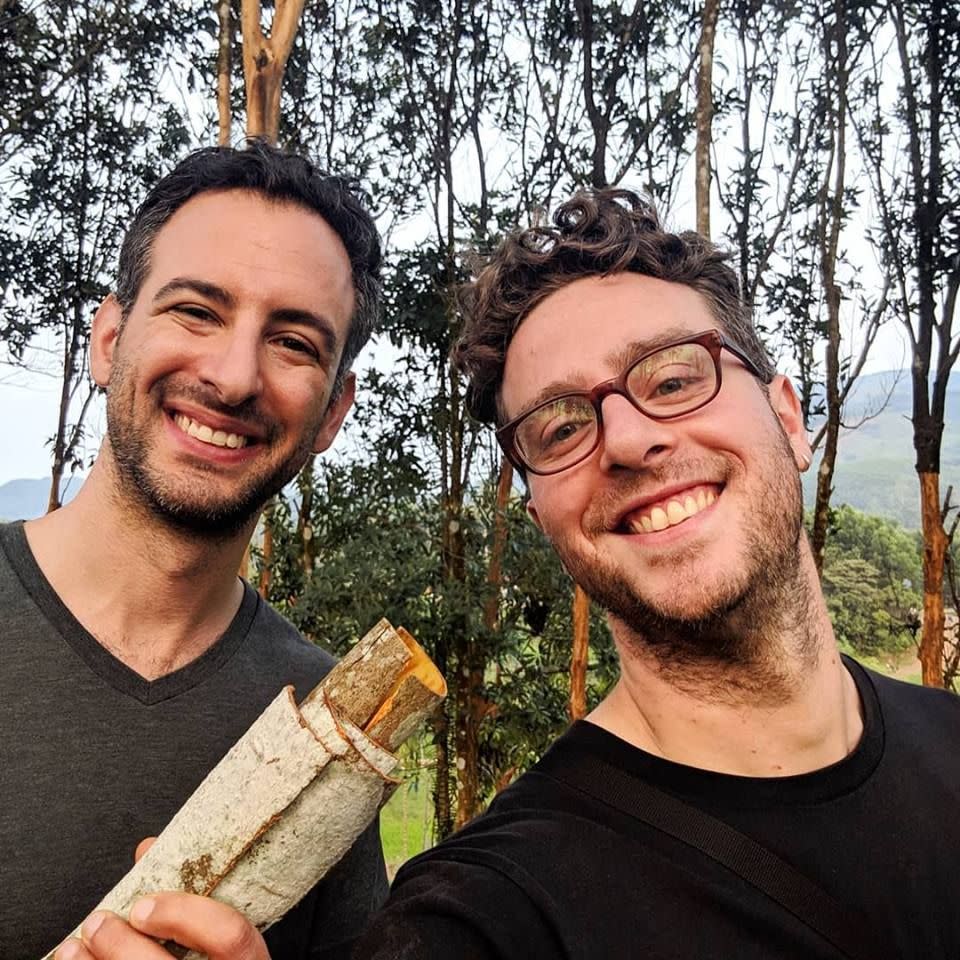
Now, hundreds of years later, the global spice market is still expanding, expected to reach a global value of $15.44 billion in 2020 and $22.46 billion by 2027. The commodity market, in particular, can thrive because of its scale, while value-added products—like what Burlap & Barrel offer—control smaller portions of the economic pie.
Value-added products have caught on, at least in part, because of a sense of responsibility among consumers. Chefs and foodies recognize that many commodity food products are harvested unsustainably, and perhaps even unethically. Spices are no different. Large corporations have the resources to pay many different farmers—far more than a small company has the capacity to employ—but the profits placed in the pockets of those individual farmers are lower in comparison. Plus, the taste of those commodity spices leaves much to the imagination.
Such a system has created a commodity market where, for the sake of profit and scale, supermarket spices are often mixed from harvests of several different farms, meaning you could have spices that are several years old by the time they reach your pantry. The potency is weaker, the flavor diminished.
Compare mass-market store-bought turmeric, whose origin is rarely noted on the packaging, with single-origin spices like Burlap & Barrel’s New Harvest Turmeric—which is sun-dried for maximum flavor in India by an Ayurvedic pharmacologist and practicing yogi, whom Burlap pays 6 times the going price for fair-trade turmeric...which is already nearly double the going price for commodity turmeric. The difference in flavor is mind-blowing (“made me feel like I’d never really tasted turmeric before,” wrote Asha Saluja for Slate), like drinking Stumptown after a lifetime of gas-station coffee. Which explains why Burlap has grown from importing around one half ton of spices to the U.S. when they launched in 2016, to importing nearly 45 metric tonnes this year alone.
The prices for Burlap & Barrel’s spices are higher, absolutely. A 1.8oz bottle of Burlap & Barrel’s Royal Cinnamon currently costs $9.99, while you can get 2.37oz of McCormick ground cinnamon for less than $3 on Amazon. That’s understandably going to deter many customers. But that price tag also means the farmers in other countries who hand-harvested the cinnamon get a higher profit, which incentivizes the quality of their harvest.
Is the taste really that much better?
You can grab a supermarket spice when you need it, and it’ll do its job. Supermarket saffron is important; it’s far better than no saffron at all. Commodity spices aren’t lying to you. There’s just more to the story. Single-origin spices are more complex, more intense, more flavorful, because they’ve been harvested at peak ripeness, shipped swiftly and directly, and sometimes even crafted into artisan blends.
Over the past few years, multiple American business owners have launched spice start-ups, usually because they’d tasted something they hadn’t known existed: something much brighter, much stronger, much more flavorful than anything they’d bought from the grocer’s. A scattered cohort of chefs, foodies, and world travelers, they dragged peppercorn, cumin, and curry powder back to the U.S. from Cambodia, Afghanistan, and Sri Lanka; they stuffed their duffel bags full of spices and grinned sheepishly under the eye of airport security.
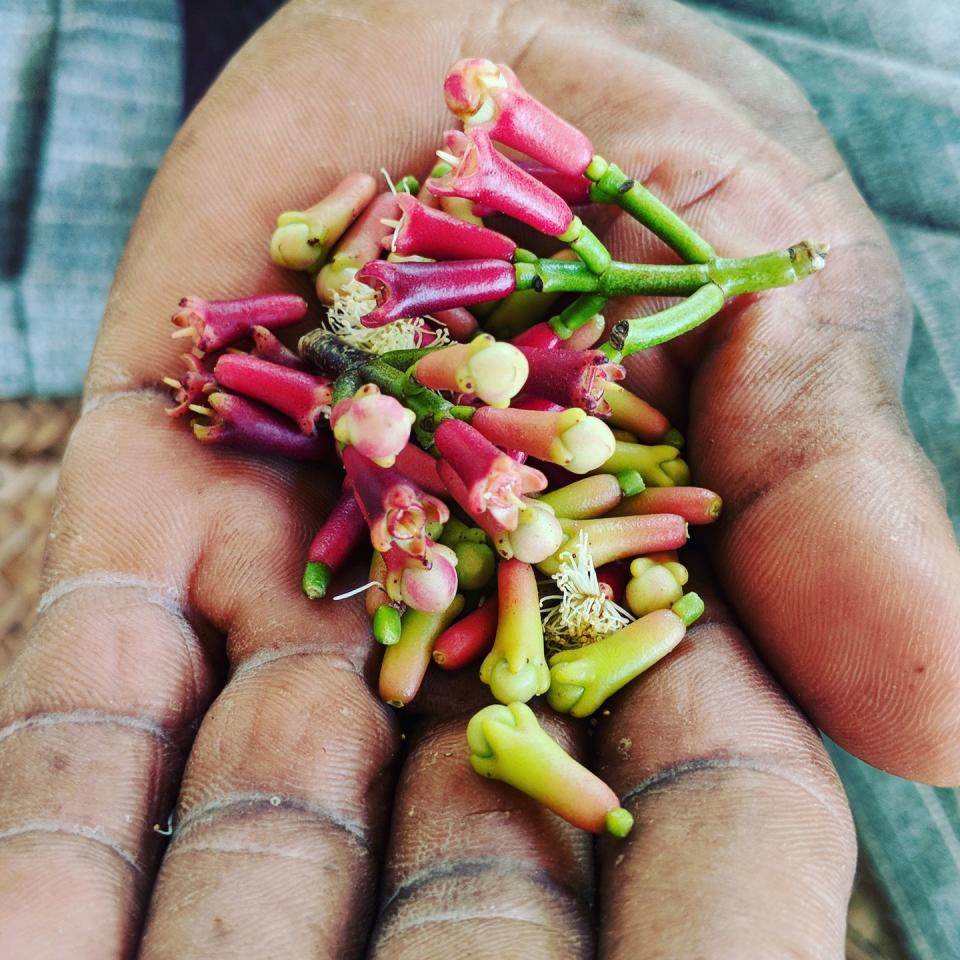
Claire Cheney, founder of the ethically sourced Curio Spice Co., was one of these travelers. Based in Thailand in 2014, she’d been working in the specialty coffee industry for years before she stumbled upon a rare peppercorn during a trip to Cambodia. Obsessed with the flavor, but more importantly with the story of the fruit itself—its industry destroyed during a horrific genocide, then revitalized in recent years—she decided to pack the spice and schlep it home to America. Pepper wasn’t supposed to taste this good. Or, rather, it didn’t usually—and maybe it was supposed to taste this good. So…why didn't it?
Coffee and chocolate connoisseurs had asked the same question before, gladly trading handfuls of cash for a single bag or bar of something artisan, fair-trade and distinctly delicious, unlike anything Maxwell House or Hershey could reproduce. With a wild dash of hope, Cheney launched Curio Spice Co. in 2015 and named it after her own intrepid, insatiable curiosity—a curiosity she hoped would reach her consumers. Now, Curio has seen nearly 50-percent growth year over year since it started, and 72-percent growth in 2020.
The spice bug is contagious. Once you’ve tried something better, it’s hard to go back.
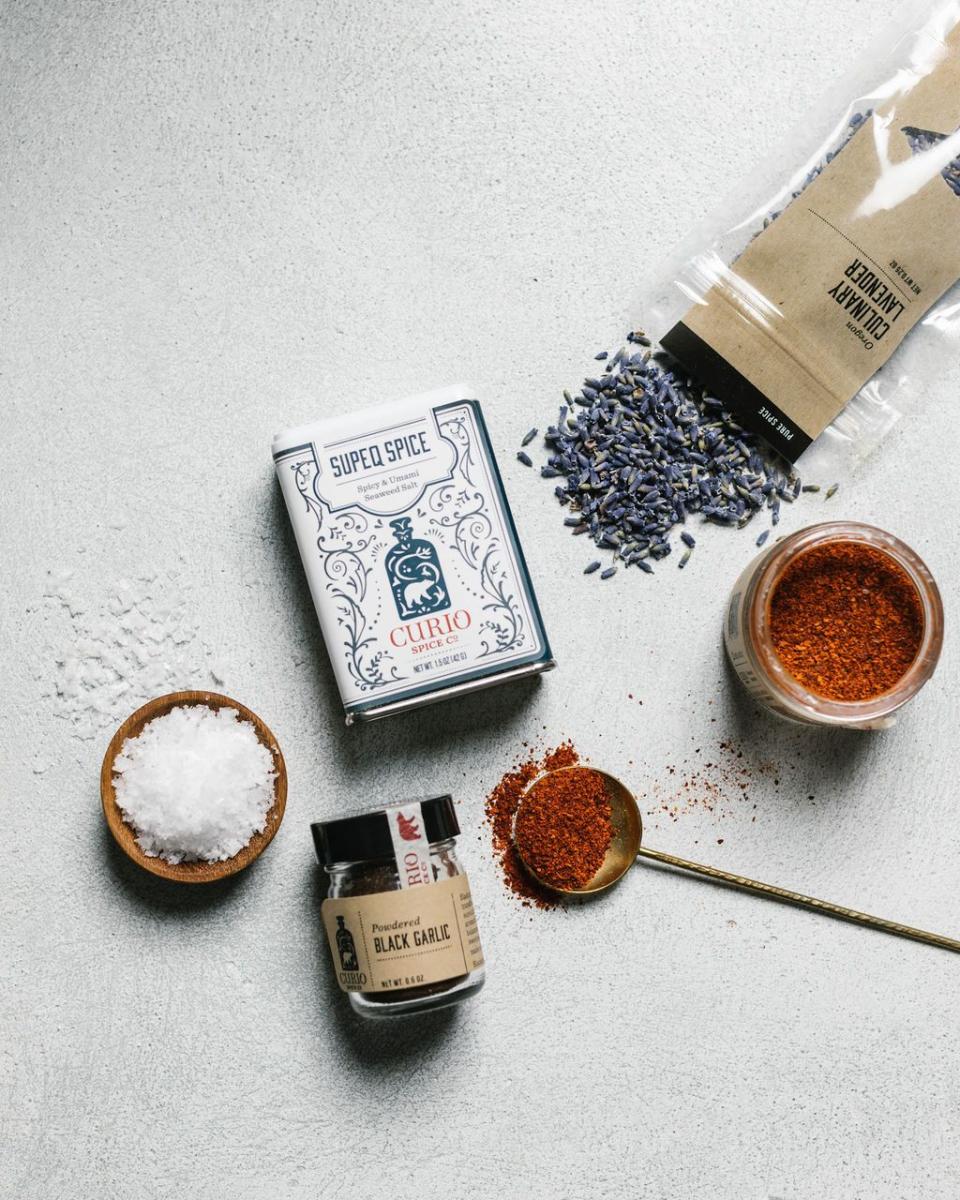
I’m not a professional chef. Should I buy these spices?
Absolutely. In fact, many—if not most—of the people buying single-origin spices are home cooks. And we’re not talking Great British Baking Show, Masterchef-level cooks. Just cooped-up people who like food.
Frisch says the pandemic has completely shifted Burlap & Barrel’s client base. Restaurants went on hiatus or, worse, out of business as lockdowns forced them to stop serving; others could no longer afford his spices. Home cooks stepped in to replace the consumers lost. Stuck at home and eager to experiment with new flavors, these amateur foodies have proven remarkably loyal both before and during the pandemic. They return again and again for Burlap & Barrel’s tried-and-true flavors, like Royal Cinnamon and Wild Mountain Cumin, as well as their more unique offerings, such as Wild Icelandic Kelp and ground Black Lime powder.
Single-origin spice company Diaspora Co. has seen the same interest from home-bound cooks. Demand for the company’s products, including Pragati Turmeric, Aranya Pepper, and Baraka Cardamom, has grown five times over this year alone. “I initially actually thought that our customer base would be very South Asian, very off the diaspora, probably quite queer,” says owner Sana Javeri Kadri. “I thought it would be more niche than it has been. It's been much wider and more diverse than I expected. We have so many aunties all over the country who buy our stuff and say that, ‘I thought it was just marketing, but like, I believe [the hype] now.’”
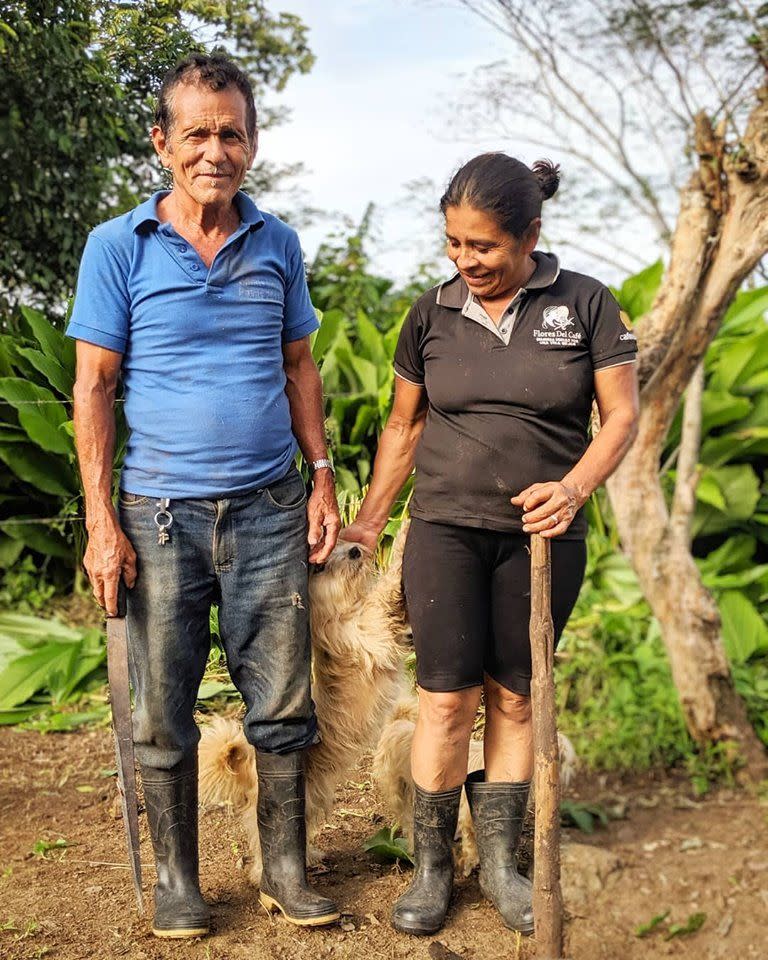
And the extra money I’ll spend actually benefits the farmers?
Yes, in more ways than one.
Kadri was once a self-described “burnt-out line cook with too many burn scars.” In 2016, she was sick of her job telling whitewashed stories about California citrus, and Donald Trump had just been elected. She figured now was the time to do something. So she launched a spice company: Diaspora Co.
The colonialism of the modern spice trade—and the people and products suffering because of it—might have shocked her white colleagues, but it was nothing new to Kadri. “When I started [Diaspora Co.] at 23,” she says, “the only experience I really had was that I'm Indian, and so I was raised on spices. Which is pretty decent experience.”
“...More than I can say for a lot of spice executives,” she adds with a grin.
She wanted to tell the messy stories of how spices, like coffee and cacao before them, have been commodified to erase their flavor and history. But she also wanted to cultivate deeper relationships with foreign farmers, who’d also been led to believe the commodity system was the only one available. Together, they built a system of trust and mutual dependency.
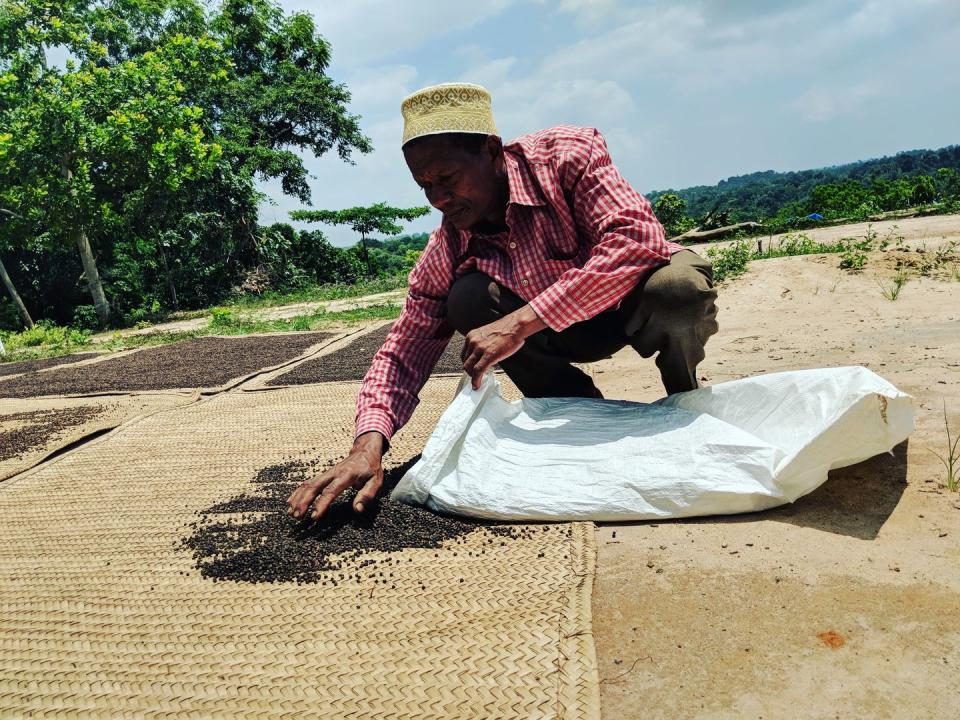
“There's a lot of our farm partners who were so attached to the commodity trade system that subjugated them for so long that they're not really aware of what their true costs are and what they should be charging to make a profit,” Kadri says. “That's not to be condescending or patronize them in any way. It's just that they've been dealt a shitty hand for so long. We end up sitting and saying, ‘OK, this is the commodity price. Let's throw that out the window. What is your water bill? What is your labor bill? Based on that and based on your harvest, what should be the per kilogram price?’ Then we commit to increasing that price every single year.”
Cheney and Frisch make similar promises to their own farm partners. For her black pepper, for instance, Cheney pays her farms 27 times the current commodity price. She says estimating exactly how much more her farmers profit can be a challenge; she isn’t always aware of how much they individually earn from commodity selling. So she works with co-ops to ensure the farmers get a fair wage and to prevent marginalized groups, such as female farmers, from getting pushed to the outskirts of the business.
Frisch says there are other ways single-origin sourcing helps farmers, beyond profits. Most of the farmers he works with are artisan workers. “If they've sold into the commodity market in the past, it's because they couldn't find anyone else to buy their crop, so it was better to sell at a much lower value than to not sell at all,” he explains. By buying larger quantities from these farmers every year, Burlap & Barrel has helped these artisan farms massively scale up their production, in some cases doubling their output. And by creating a market for higher-quality but more expensive ingredients, single-origin companies allow farmers the opportunity to cultivate unique crops for taste rather than scale.
I can’t afford to stop buying supermarket spices. Does that make me a bad person?
Of course not. The spice industry depends on commodity markets to keep going. If that’s what you can afford, that’s where you should shop, and you’ll be helping commodity farmers continue to make a living. But even buying a few of your spices from a company like Diaspora Co. or Burlap & Barrel can make an impact in the overall trade. If you want to start thinking more carefully about how and where you buy your food, spices are a great place to start because they make up a small portion of your annual food budget.
Kadri knows a few tiny companies—and an admittedly unusual year for home cooking—won’t be the catalyst that transforms a centuries-old industry. They’re Davids competing against Goliaths: McCormick, the largest global spice business, has been in business for more than 130 years, and it sources hundreds of spices from more than 80 different countries, generating $5.3 billion in annual sales. Small businesses can’t replace the sheer scale of labor McCormick provides across the globe, even if the system it operates in is flawed. If McCormick goes down, thousands of farmers around the world suffer. Plus, single-origin companies alone can’t support the demand for their product.
“The vision that my company has might be big, but our impact at this point is quite small,” Kadri says. “I believe that our spices are far better, but I also think that our spices are really expensive. Until we can have the same impact that we're having at a more accessible price point, I don't think it's fair to totally tear down the original system. No matter how fucked-up it is.”
So the solution to a better spice trade isn’t to lock McCormick and its kin out of the business; it’s to open the doors. Already, consumer interest in sustainably farmed, ethically sourced spices has pushed McCormick to make changes. In January, the company announced a first-of-its-kind sustainability framework, and reported “significant progress towards sustainably sourcing the five iconic ingredients (black pepper, red pepper, cinnamon, oregano and vanilla).” The corporation has started peeling back the curtain on the profits it provides farmers as well, in an effort to gain consumer trust.
“McCormick works with its suppliers to increase the direct economic benefits generated by farmers through the sales of their products,” says a spokesperson for McCormick. “This includes providing farmers access to better prices and services. Services include health insurance, interest-free loans and access to inputs that reduce costs for farmers, thus increasing their profits.”
Frisch will take that as a win, but what he’d prefer is an even closer connection between the consumer and farmer. Ideally, they’d know each other’s names. “If you buy black pepper on our website, I can tell you exactly the name of the person who picked that pepper,” he says. “My hope is that for a consumer that starts to set a precedent, that they start to ask those questions of their other ingredients.”
OK, I want to try some of these spices. Where should I start?
Burlap & Barrel
Try Royal Cinnamon on cinnamon rolls or apple pie. If you want to go a savory route instead, mix it into chili or braised meat dishes.
Curio Spice Co.
Try Baies Roses in Curio’s special Chocolate Baies Roses Shortbread recipe.
Diaspora Co.
Try Pragati Tumeric in Kadri's signature "DIY dal."
Calicutts Spice Co.
Try Fire Salt with eggs, tomatoes, avocado, corn, and meats.
You Might Also Like

